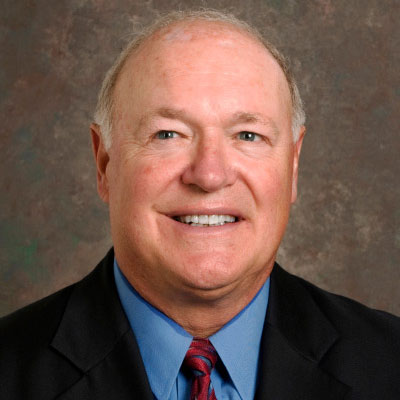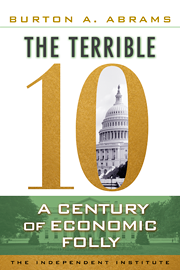Janet Yellen, who succeeded Ben Bernanke as chairman of the Federal Reserve on Feb. 3, is the first woman to head the central bank in its 100-year history. But that’s a distraction. What’s important is whether Fed policy under her guidance will help boost the ailing U.S. economy—without unleashing a new round of hard-to-control inflation.
The Federal Reserve was created in 1913 to make banking panics and subsequent deflation a thing of the past.
The Fed was to act as the bankers’ bank. If there was a run on a bank, the Fed would loan that bank sufficient cash to halt the run, taking some of the bank’s assets as collateral. The Fed’s role was to serve as lender of last resort. With sufficient cash readily available to meet a run on any bank, banking panics would be a thing of the past.
That was the theory. Putting it into practice was another story. And less than 20 years later, the biggest banking panic in U.S. history would occur, resulting in the failure of 9,000 banks between 1929 and 1933, more than a third of the total that existed in 1929. During the worst year, 1933, 4,000 banks went under.
By the time the crisis subsided in 1933, U.S. banks had lost 40 percent of their deposits; the amount of money in the economy had contracted by approximately 25 percent; nearly a fourth of the labor force was out of work, and the inflation-adjusted Gross Domestic Product had fallen by 29 percent. The prices for goods fell 25 percent on average over the same period, and the stock market lost 80 percent of its value.
Since the Great Depression, our understanding of monetary policy has vastly improved. While the Fed has avoided monetary contractions and deflation, it has erred on the side of inflation.
During the Nixon administration, for example, the president convinced Fed Chairman Arthur Burns to speed up the printing presses to bolster his re-election chances. Prices doubled during the 1970s, requiring three costly recessions to tame the inflation.
Today, most economists are convinced that the Fed has learned enough to never again turn a recession into a depression.
The “Great Recession” of 2007 to 2010 provides a good example. The Great Recession had the potential to be even worse than the Great Depression. The bursting of the real-estate bubble, along with the stock market collapse, triggered a substantial decline in Americans’ wealth. The Fed, however, was able to keep bank deposits growing by pumping money into the banking system.
Yellen, president of the Federal Reserve Bank of San Francisco during the Great Recession, doubtless learned something from all this. She also must be acutely aware that the hangover from the Depression lasted for years, with U.S. GDP not returning to its 1929 level until 1937.
In similar style, the United States has been slow to recover from the Great Recession.
The economy’s sluggishness is not due to stingy monetary policy. The Fed has flooded the banks with more than $2.3 trillion in excess reserves through its quantitative easing program, which continues at a reduced rate.
The weak recovery is caused instead by factors beyond the Fed’s control: concern over government spending, tax policy, regulation and uncertainty over Obamacare.
The worry is that Yellen, now that she’s Fed chairman, will attempt to combat the tepid economy by pushing the inflation button.
Yellen earned her doctorate at Yale under Nobel laureate James Tobin, a Keynesian proponent of activist government. She subscribes to the “Phillips curve” theory that unemployment falls as inflation rises.
Last April she told a group of business journalists that the Federal Reserve should focus on reducing unemployment “even if maintaining that progress might result in inflation slightly and temporarily exceeding 2 percent.”
Apparently, Yellen believes the Fed can turn off inflation quickly after it starts, something previous chairs found impossible.
What this all means is that Yellen likely will try boosting the economy through inflation. If she does, she likely will learn a painful lesson: that inflation is a poor remedy for a weak economy and often leads to recession.








